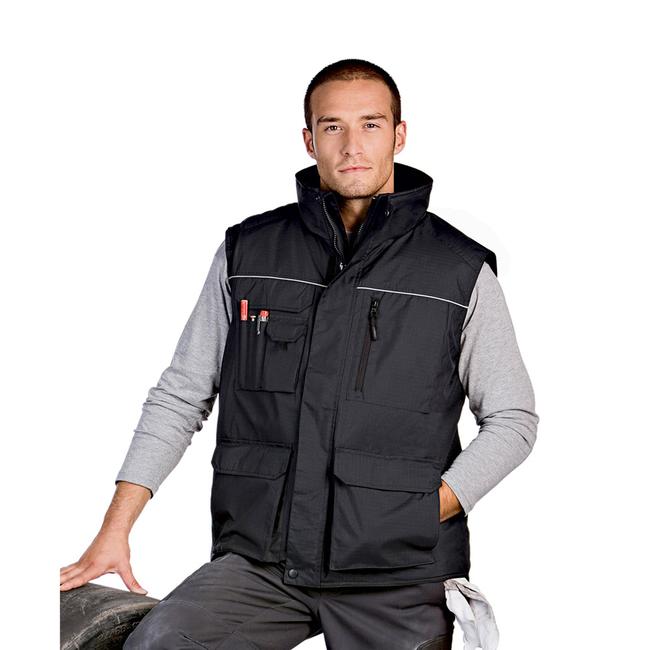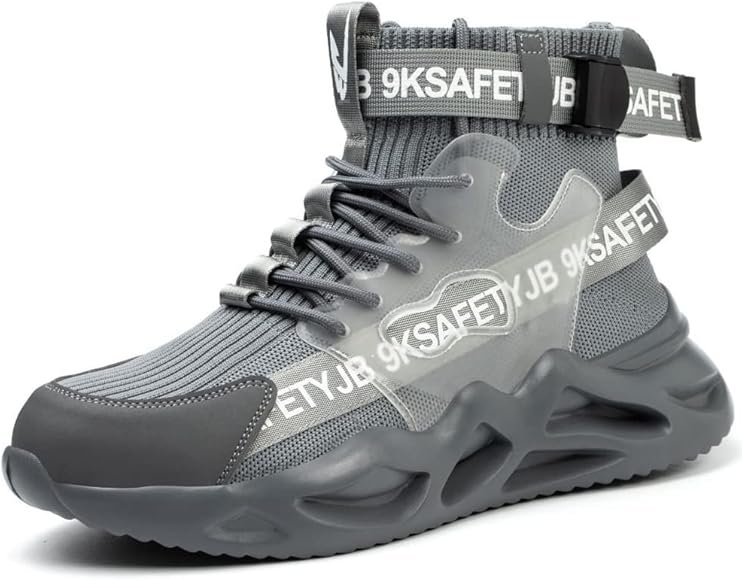
A work hat is a type of headgear that is worn to protect the wearer’s head from the elements or from hazards in the workplace. Work hats are typically made of durable materials such as leather, canvas, or hard plastic, and may feature a brim to shade the wearer’s face from the sun or rain.
Work hats are an important part of personal protective equipment (PPE) in many industries. They can help to protect workers from head injuries, electrical hazards, and exposure to chemicals or other hazardous materials. In addition, work hats can help to keep workers cool and comfortable in hot or cold weather.
The history of work hats dates back to ancient times. Workers in ancient Egypt wore leather or linen hats to protect their heads from the sun and heat. In the Middle Ages, European workers began wearing hats made of felt or wool to keep their heads warm in the winter. By the 19th century, work hats had become common in many industries, and they remain an essential part of PPE today.
1. Protection
The protective capabilities of work hats are essential for safeguarding the wearer’s head from various hazards in the workplace. These hats are designed to withstand impact, penetration, and electrical hazards, providing a crucial layer of defense against potential injuries.
- Impact Protection: Work hats are constructed with durable materials that can absorb or deflect blows to the head. This protection is especially important in industries where falling objects or other impact hazards are present, such as construction sites or manufacturing facilities.
- Penetration Protection: Work hats can also protect the wearer’s head from sharp objects that could penetrate the skull. This protection is particularly relevant in industries where workers handle sharp tools or machinery, such as metalworking or woodworking.
- Electrical Hazard Protection: Work hats made from non-conductive materials can protect the wearer from electrical shocks. This protection is essential in industries where electrical equipment is used, such as electrical utilities or power plants.
In conclusion, the protective features of work hats are paramount in ensuring the safety of workers in various industries. By safeguarding the wearer’s head from impact, penetration, and electrical hazards, work hats play a critical role in preventing serious injuries and fatalities.
2. Comfort
The comfort provided by work hats is an essential aspect of their overall effectiveness. When a worker is comfortable, they are more likely to be productive and focused on their tasks. In hot weather, a work hat can help to keep the wearer’s head cool and prevent heatstroke or other heat-related illnesses. In cold weather, a work hat can help to keep the wearer’s head warm and prevent hypothermia or other cold-related illnesses.
There are a number of different factors that can affect the comfort of a work hat. These factors include the material of the hat, the fit of the hat, and the ventilation of the hat.
- Material: The material of a work hat can have a significant impact on its comfort. Natural materials, such as cotton and wool, are breathable and can help to keep the wearer’s head cool in hot weather. Synthetic materials, such as nylon and polyester, are more durable and can be more water-resistant, but they can also be less breathable. Work hats made from a blend of natural and synthetic materials can offer the best of both worlds.
- Fit: The fit of a work hat is also important for comfort. A hat that is too tight can cause headaches or discomfort, while a hat that is too loose can fall off or be easily knocked off. Work hats are available in a variety of sizes and shapes to ensure a comfortable fit for every wearer.
- Ventilation: Ventilation is another important factor to consider when choosing a work hat. A hat with good ventilation will allow air to circulate around the wearer’s head, which can help to keep the wearer cool and comfortable. Work hats with mesh panels or vents are a good option for workers who need a hat that is both comfortable and breathable.
By considering these factors, workers can choose a work hat that is comfortable and meets their specific needs. A comfortable work hat can help to improve productivity, reduce the risk of heat-related or cold-related illnesses, and make the workday more enjoyable.
3. Visibility
In the context of workplace safety, visibility plays a crucial role in preventing accidents and ensuring the well-being of workers. Work hats, being an essential part of personal protective equipment (PPE), contribute significantly to enhancing the wearer’s visibility, especially in hazardous environments where clear sightlines are compromised.
- Color Contrast: Work hats are often designed in bright colors, contrasting with the surroundings, to make the wearer easily distinguishable, particularly in dimly lit areas or during nighttime operations. This color contrast helps other workers and motorists to quickly identify and avoid potential collisions, reducing the risk of accidents.
- Reflective Materials: Reflective strips or panels incorporated into work hats enhance visibility even further. These reflective materials catch and redirect light, making the wearer more noticeable, especially in low-light conditions or at night. This added visibility is crucial for workers in high-traffic areas, such as construction sites or busy roadways, where they need to be seen from a distance.
- Compliance with Regulations: In many industries, the use of high-visibility work hats is mandated by safety regulations. These regulations are in place to ensure that workers are easily visible and can work safely in potentially hazardous environments. Complying with these regulations not only protects individual workers but also contributes to the overall safety of the workplace.
- Increased Awareness: Work hats that enhance visibility promote a heightened sense of awareness among workers and others in the vicinity. By being more easily seen, workers can move around the workplace with greater confidence, knowing that they are less likely to be overlooked or involved in an accident.
In conclusion, the visibility provided by work hats is a vital factor in maintaining workplace safety. By increasing the wearer’s visibility through the use of bright colors and reflective materials, work hats help to prevent accidents, protect workers, and promote a safer working environment for all.
4. Identification
In various industries, work hats serve as a practical and effective means of identification for workers. By incorporating company logos, unique colors, or specific designs, work hats allow for quick and easy recognition of an individual’s affiliation or role within an organization.
This aspect of work hats holds significant importance in several key areas:
- Enhanced Safety: In hazardous environments or large-scale workplaces, the ability to identify workers by their work hats facilitates effective coordination and communication during situations. It enables supervisors and colleagues to locate and account for individuals quickly, enhancing overall safety and reducing the risk of accidents or miscommunication.
- Improved Security: Work hats can contribute to workplace security by allowing authorized personnel to be easily distinguished from unauthorized individuals. This visual identification can deter potential intruders or suspicious activities, providing an additional layer of protection for employees and assets.
- Efficient Operations: In industries such as construction, manufacturing, or logistics, work hats aid in streamlining operations and improving efficiency. By easily identifying workers’ job titles or departments, supervisors can optimize task allocation, coordinate teams effectively, and minimize confusion or delays.
In conclusion, the identification aspect of work hats plays a crucial role in enhancing workplace safety, security, and operational efficiency. By providing a clear and visible means of identifying workers, work hats contribute to a more organized, secure, and productive work environment.
5. Style
The intersection of style and functionality in work hats represents a growing trend in the workplace, as workers seek protective headgear that not only meets safety standards but also complements their personal style and enhances their overall appearance. This connection between style and function is driven by several key factors:
- Increased Emphasis on Aesthetics: Modern workplaces prioritize aesthetics and employee well-being, recognizing that stylish work attire can boost morale and create a more positive work environment. Work hats have evolved to reflect this shift, offering a wider range of designs and colors to suit individual preferences.
- Technological Advancements: Advances in materials and manufacturing techniques have enabled the production of work hats that are both stylish and functional. Lightweight, breathable fabrics and innovative designs ensure that workers can stay protected and comfortable while maintaining a professional and polished look.
- Changing Workforce Demographics: The growing number of millennials and Gen Z workers in the workforce has influenced the demand for stylish workwear. These generations are known for their fashion-forwardness and desire for self-expression, which has extended to the realm of work hats.
The practical significance of stylish work hats extends beyond aesthetics. By providing workers with headgear that they feel good wearing, employers can improve employee satisfaction and productivity. Stylish work hats can also enhance a company’s brand image by projecting a professional and modern.
In conclusion, the connection between style and functionality in work hats is a reflection of the evolving workplace and the changing needs of the workforce. By embracing stylish work hats, employers and workers alike can create a more positive and productive work environment that values both safety and personal expression.
Frequently Asked Questions about Work Hats
Work hats are an essential part of personal protective equipment (PPE) in many industries. They can help to protect workers from head injuries, electrical hazards, and exposure to chemicals or other hazardous materials. In addition, work hats can help to keep workers cool and comfortable in hot or cold weather.
Here are some of the most frequently asked questions about work hats:
Question 1: What are work hats made of?
Work hats are typically made of durable materials such as leather, canvas, or hard plastic. The material of the hat will depend on the specific hazards that the worker is exposed to.
Question 2: What are the different types of work hats?
There are many different types of work hats available, each designed for a specific purpose. Some of the most common types of work hats include hard hats, bump caps, and sun hats.
Question 3: How do I choose the right work hat for me?
When choosing a work hat, it is important to consider the specific hazards that you will be exposed to. You should also consider the comfort and fit of the hat. It is important to choose a hat that fits snugly but does not cause discomfort.
Question 4: How do I care for my work hat?
It is important to care for your work hat properly to ensure that it lasts as long as possible. You should clean your hat regularly with soap and water. You should also inspect your hat regularly for any damage. If you find any damage, you should replace your hat immediately.
Question 5: What are the benefits of wearing a work hat?
Wearing a work hat can provide a number of benefits, including protection from head injuries, electrical hazards, and exposure to chemicals or other hazardous materials. Work hats can also help to keep workers cool and comfortable in hot or cold weather.
Summary: Work hats are an essential part of PPE for many industries. They can help to protect workers from a variety of hazards and can also help to keep workers cool and comfortable. When choosing a work hat, it is important to consider the specific hazards that you will be exposed to and the comfort and fit of the hat. It is also important to care for your work hat properly to ensure that it lasts as long as possible.
Transition to the next article section: For more information on work hats, please see the following resources:
- OSHA: Personal Protective Equipment
- CDC: Personal Protective Equipment
- ANSI: Head Protection
Work Hat Safety Tips
Work hats are an essential part of personal protective equipment (PPE) for many industries. They can help to protect workers from head injuries, electrical hazards, and exposure to chemicals or other hazardous materials. In addition, work hats can help to keep workers cool and comfortable in hot or cold weather.
Here are five tips for getting the most out of your work hat:
Tip 1: Choose the right hat for the job.There are many different types of work hats available, each designed for a specific purpose. Some of the most common types of work hats include hard hats, bump caps, and sun hats. When choosing a work hat, it is important to consider the specific hazards that you will be exposed to.Tip 2: Make sure your hat fits properly.A hat that is too loose can fall off and leave you unprotected. A hat that is too tight can be uncomfortable and cause headaches. When trying on a work hat, make sure that it fits snugly but does not cause any discomfort.Tip 3: Inspect your hat regularly.Work hats can be damaged over time. It is important to inspect your hat regularly for any cracks, dents, or other damage. If you find any damage, you should replace your hat immediately.Tip 4: Clean your hat regularly.Work hats can get dirty and sweaty. It is important to clean your hat regularly to prevent the build-up of bacteria and other contaminants. You can clean your hat with soap and water or a mild detergent.Tip 5: Store your hat properly.When you are not wearing your work hat, store it in a cool, dry place. This will help to keep your hat in good condition and extend its lifespan.
By following these tips, you can help to ensure that your work hat provides you with the best possible protection.
Summary: Work hats are an essential part of PPE for many industries. They can help to protect workers from a variety of hazards and can also help to keep workers cool and comfortable. When choosing a work hat, it is important to consider the specific hazards that you will be exposed to and the comfort and fit of the hat. It is also important to care for your work hat properly to ensure that it lasts as long as possible.
Transition to the next article section: For more information on work hats, please see the following resources:
- OSHA: Personal Protective Equipment
- CDC: Personal Protective Equipment
- ANSI: Head Protection
Conclusion on Work Hats
Work hats are an essential part of personal protective equipment (PPE) for many industries. They provide essential protection from head injuries, electrical hazards, and exposure to chemicals or other hazardous materials. In addition, work hats can help to keep workers cool and comfortable in hot or cold weather, and can also increase their visibility to other workers and motorists.
When choosing a work hat, it is important to consider the specific hazards that the worker will be exposed to, as well as the comfort and fit of the hat. It is also important to care for your work hat properly to ensure that it lasts as long as possible. By following these simple tips, you can help to ensure that your work hat provides you with the best possible protection.
As technology advances and workplace hazards evolve, it is likely that work hats will continue to play a vital role in protecting workers and ensuring their safety.



